Scientists Warning: Geomagnetic Storms Will Occur as the Sun Keeps Releasing Historic Solar Flares
Scientists have warned that more geomagnetic storms are likely to occur throughout the day, as the sun continues to release solar flares.
However, experts have also clarified that the “extreme” geomagnetic storms seen over the weekend have already lessened, and will continue to wane throughout Monday.
Historic Geomagnetic Storms Seen
Over the weekend, the world witnessed historic geomagnetic storms that resulted in plasma explosions. These storms, which scientists stated are the strongest seen in more than 20 years, led to some radio blackouts.
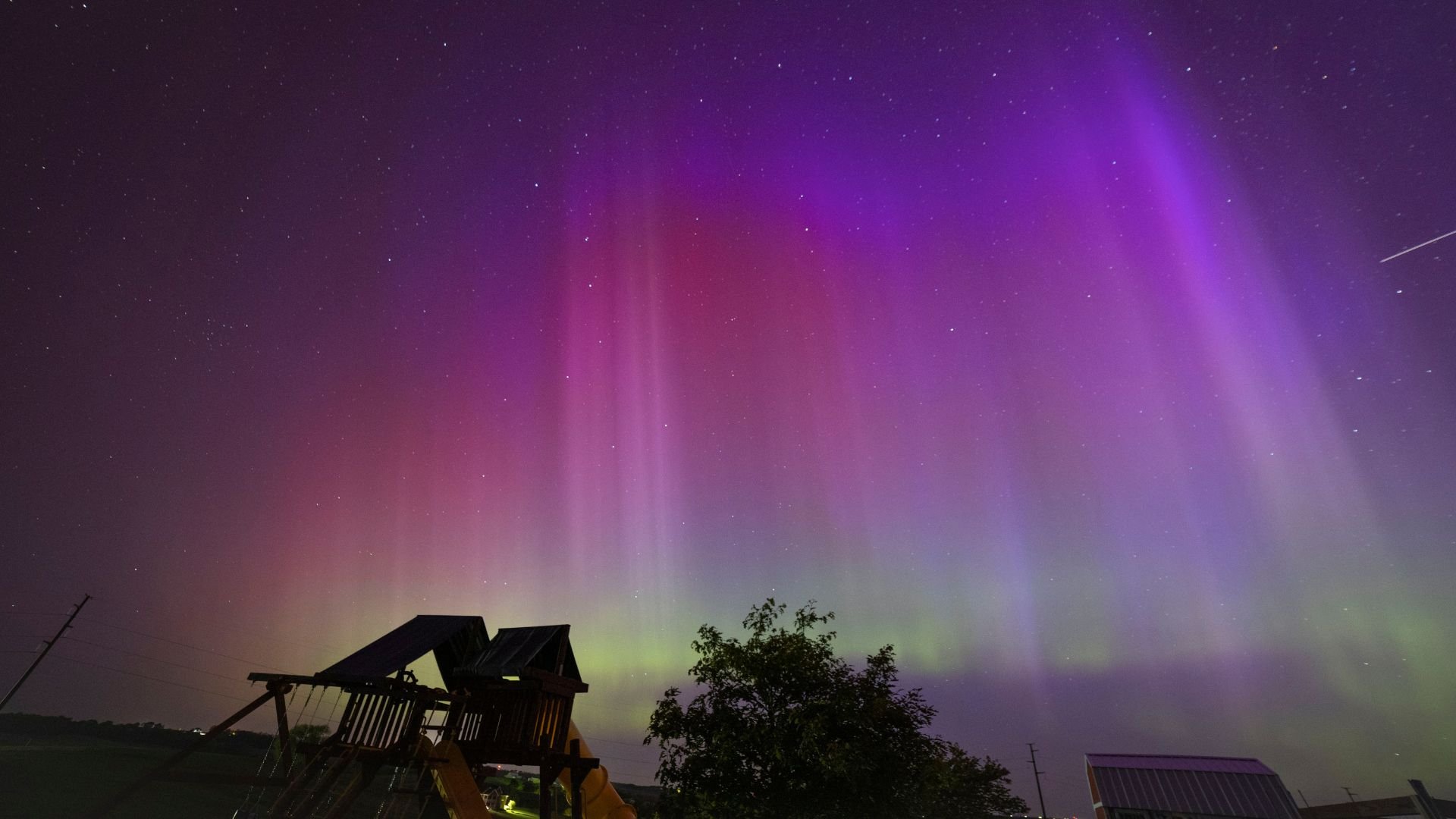
Source: Tackettbr/Wikimedia Commons
Most notably, these extreme solar flares caused the northern lights to be seen throughout many parts of the world. In some cases, the northern lights even extended to the south of the U.S.
Level 5 Storms
On Friday and Saturday, NOAA’s Space Weather Prediction Center (SWPC) announced that the sun’s emissions of solar flares had resulted in geomagnetic storms reaching Level 5 on their radar.
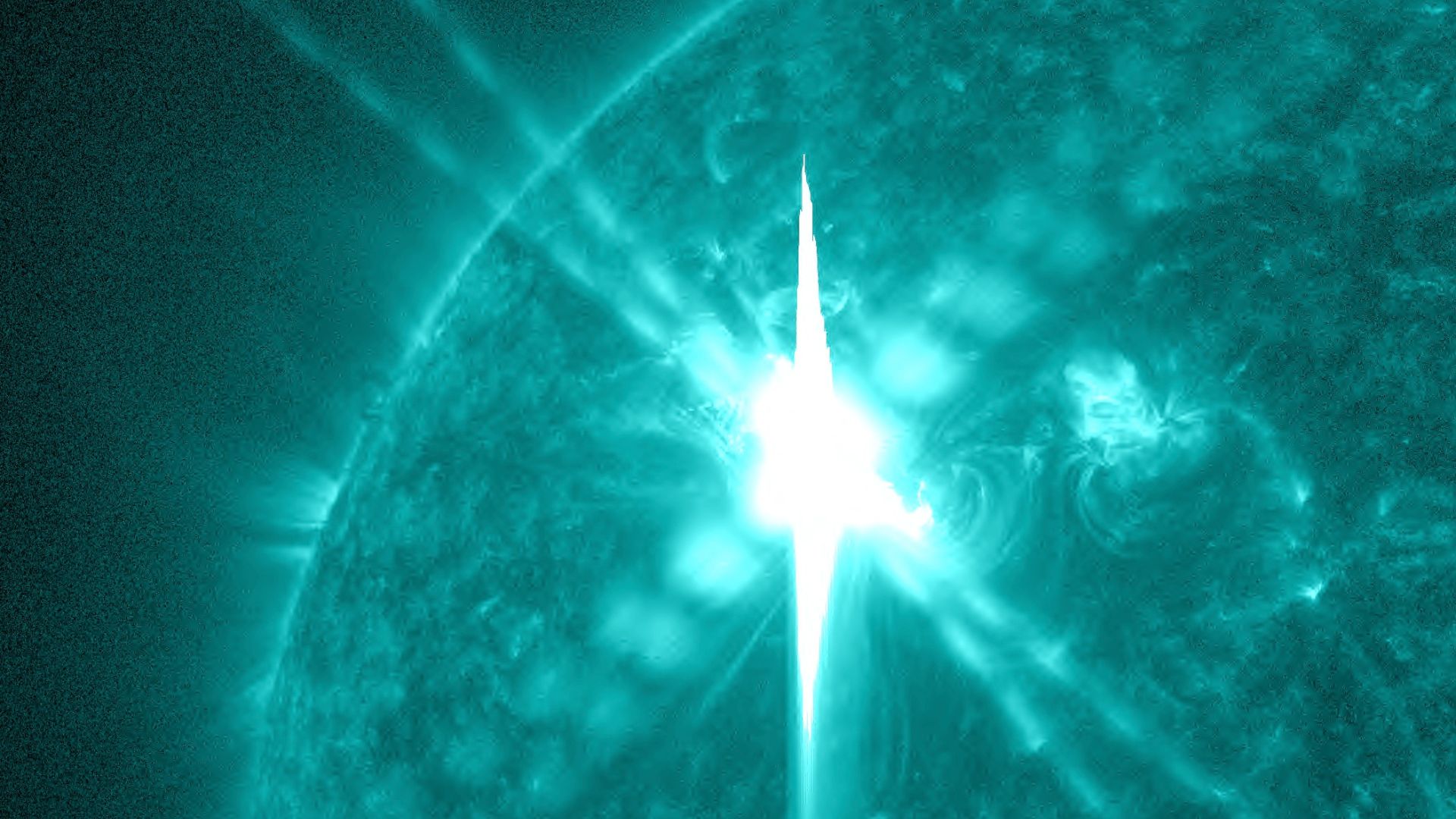
Source: NASA Goddard Space Flight Center/Wikimedia Commons
Level 5 storms are considered “extreme”, and are not commonly seen. As a result of these storms, the northern lights were seen around the world in the evening over the weekend.
A Drop and Then a Rise
After Friday’s historic storm, which was incredibly strong, the center dropped the activity levels to Level 3 and Level 4.

Source: NASA's Scientific Visualization Studio - Scott Wiessinger/Wikimedia Commons
However, Saturday saw another rise in geomagnetic activity, which resulted in a return to Level 5 conditions. This return to extreme levels also led the SWPC to release a Geomagnetic Storm Warning.
The Expiration of the Warning
Early Monday morning, the SWPC warning officially expired. Thus far, the center doesn’t appear as if it will reignite this warning, as there are no signs that these extreme levels will be seen again.

Source: Winisreallybored/Wikimedia Commons
However, scientists are warning that these geomagnetic storms we’ve seen over the weekend aren’t over just yet, even if the severity of the storms has waned.
Ongoing Geomagnetic Storms
According to the SWPC, geomagnetic storms were still ongoing by early Monday morning. These storms will likely continue to wane as the day persists. However, they believe that moderate to strong geomagnetic storms will be seen throughout Monday.

Source: Public Domain/Wikimedia Commons
Meanwhile, storms may continue into Tuesday, though these geomagnetic storms will be diminished and are considered minor.
More Solar Flares Are Possible
Because these geomagnetic storms will likely continue, SWPC has also explained that solar activity may remain at high levels.

Source: NASA's Scientific Visualization Studio - A. J. Christensen, Scott Wiessinger/Wikimedia Commons
This could result in more solar flares being seen. These solar flares could result in additional electromagnetic radiation hitting Earth from the sun.
The Creation of Geomagnetic Storms
The SWPC has explained that geomagnetic storms are created after these large solar bursts from the sun’s atmosphere head to Earth. These bursts are full of plasma and magnetic fields. These, in turn, form the geomagnetic storms we’ve seen this weekend.

Source: Vtx22/Wikimedia Commons
As the sun may continue to emit flares, the SWPC believes that geomagnetic storms will continue before eventually settling down to minor Level 1 levels on Tuesday, May 14.
Potentially Strong Flares
However, if more strong solar flares are emitted from the sun, then these levels could always be increased again, similarly to how they were on Saturday.

Source: Dwxn/Wikimedia Commons
If more flares are seen, then this could further lead to some radio blackouts in specific areas of the world.
Issues Over the Weekend
Though much of the United States, as well as other countries around the world, marveled over getting to see the northern lights from the comfort of their own backyard, some issues did occur because of these severe geomagnetic storms.
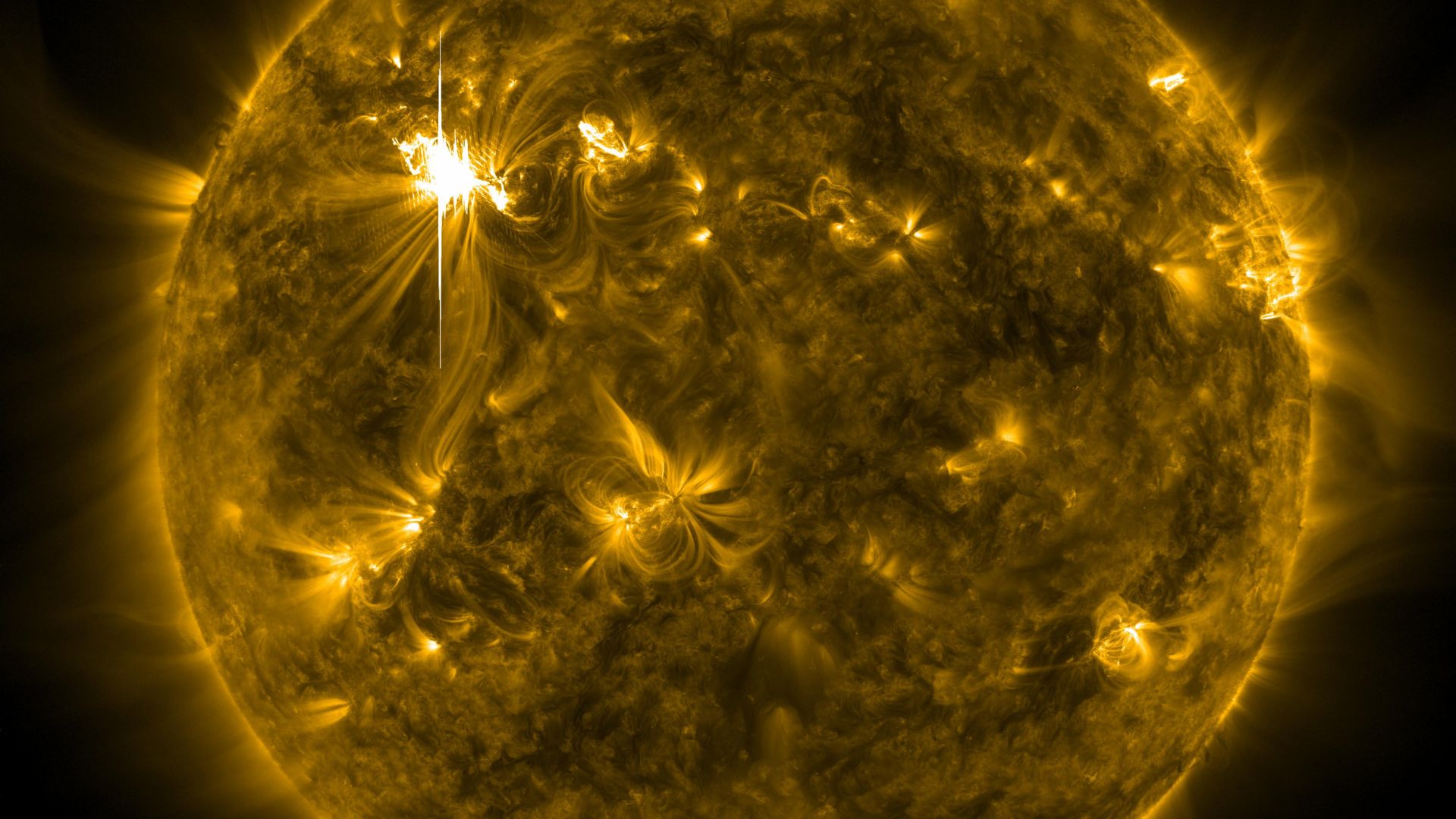
Source: NASA Goddard Space Flight Center/Wikimedia Commons
Many farmers explained that they had ample problems over the weekend, as their GPS systems weren’t working properly. John Deere even warned their customers that their GPS network was severely problematic during the storms.
Radio Blackouts and Grid Problems
Meanwhile, some areas of the world saw temporary radio blackouts during the worst geomagnetic storms.
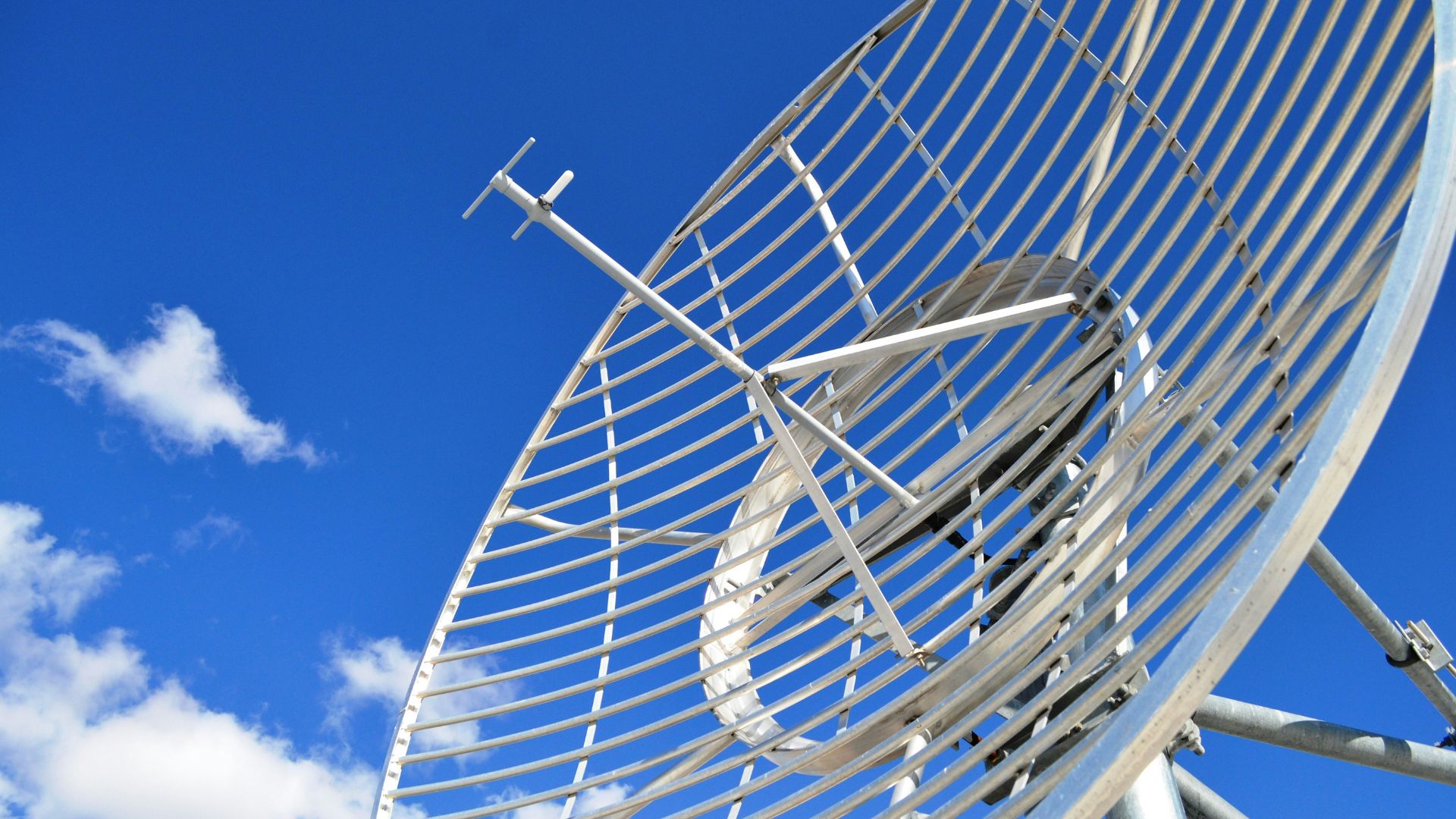
Source: Chris DeRoin/Unsplash
The SWPC has also revealed that some power grid inconsistencies were seen over the weekend.
Pressure on Starlink
SpaceX’s owner Elon Musk took to X to reveal that Starlink satellites were “under a lot of pressure, but holding up so far.”

Source: Forest Katsch/Unsplash
SpaceX also released a statement warning of its “degraded service” over the weekend. However, specific details about the issues Starlink satellites may have faced during this time have not yet been revealed.
Impact on Aviation
The increasing frequency of geomagnetic storms poses significant challenges to aviation safety and operations. These storms can disrupt communication systems, making it difficult for pilots and air traffic controllers to maintain clear communication. Navigation systems, which rely heavily on GPS, can experience interference, leading to potential flight delays and rerouting.

Source: Shams Alam/Unsplash
Such disruptions necessitate the development of contingency plans to ensure passenger safety and minimize operational disruptions.
Space Travel Concerns
Geomagnetic storms present considerable risks to space travel, particularly concerning the health and safety of astronauts. Increased radiation levels during these storms can pose serious health risks to astronauts aboard the International Space Station (ISS) and other missions.

Source: NASA/Wikimedia Commons
Additionally, the electronic systems of spacecraft are vulnerable to damage from solar radiation, potentially leading to malfunctions.
Satellite Communications
Geomagnetic storms can also significantly impact satellite communications, disrupting signals and affecting services such as television broadcasts and internet connectivity.
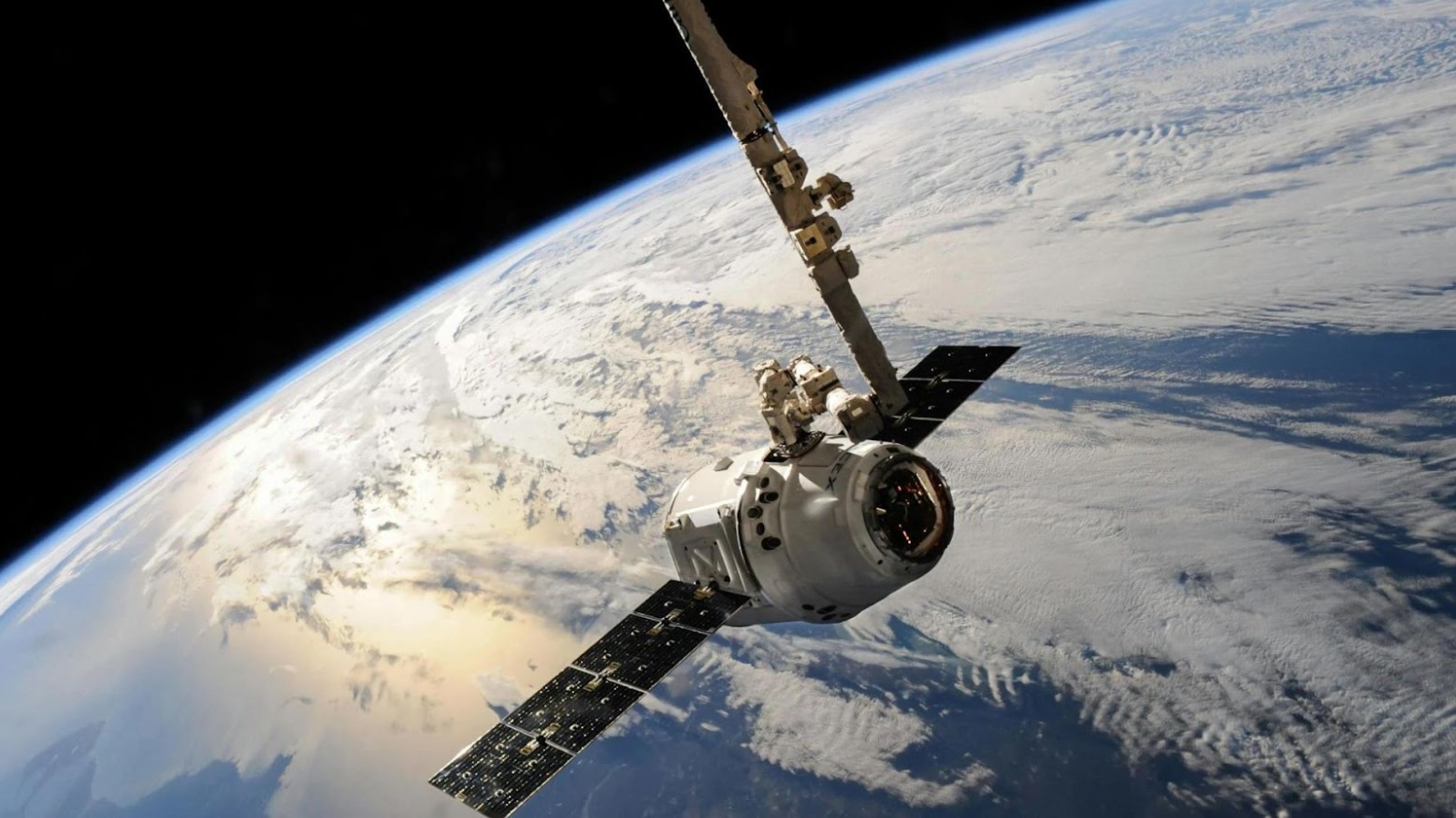
Source: SpaceX/Pexels
GPS satellites, which are crucial for various navigation and timing applications, can experience positioning errors during these storms. This can lead to inaccuracies in navigation systems used by vehicles and emergency services.
Infrastructure Resilience
Power grids are particularly vulnerable to surges in geomagnetic activity, which can cause transformers to fail and lead to widespread blackouts.
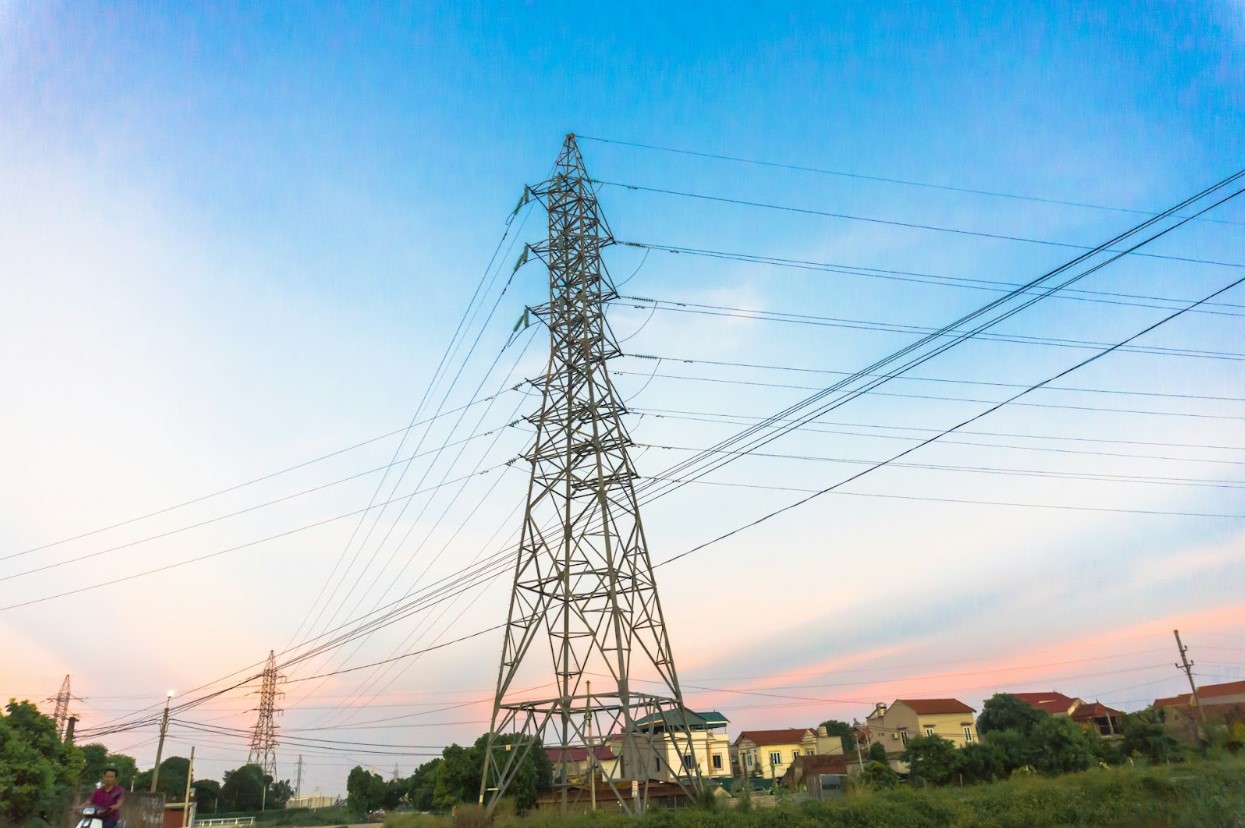
Source: Leohoho/Unsplash
To address this, countries are investing in technologies to protect power grids, such as installing surge protectors and upgrading transformers.
Historical Analysis
Comparing recent geomagnetic storms with historical events provides valuable insights into their potential impacts. The Carrington Event of 1859, one of the most powerful geomagnetic storms on record, caused widespread telegraph system failures.
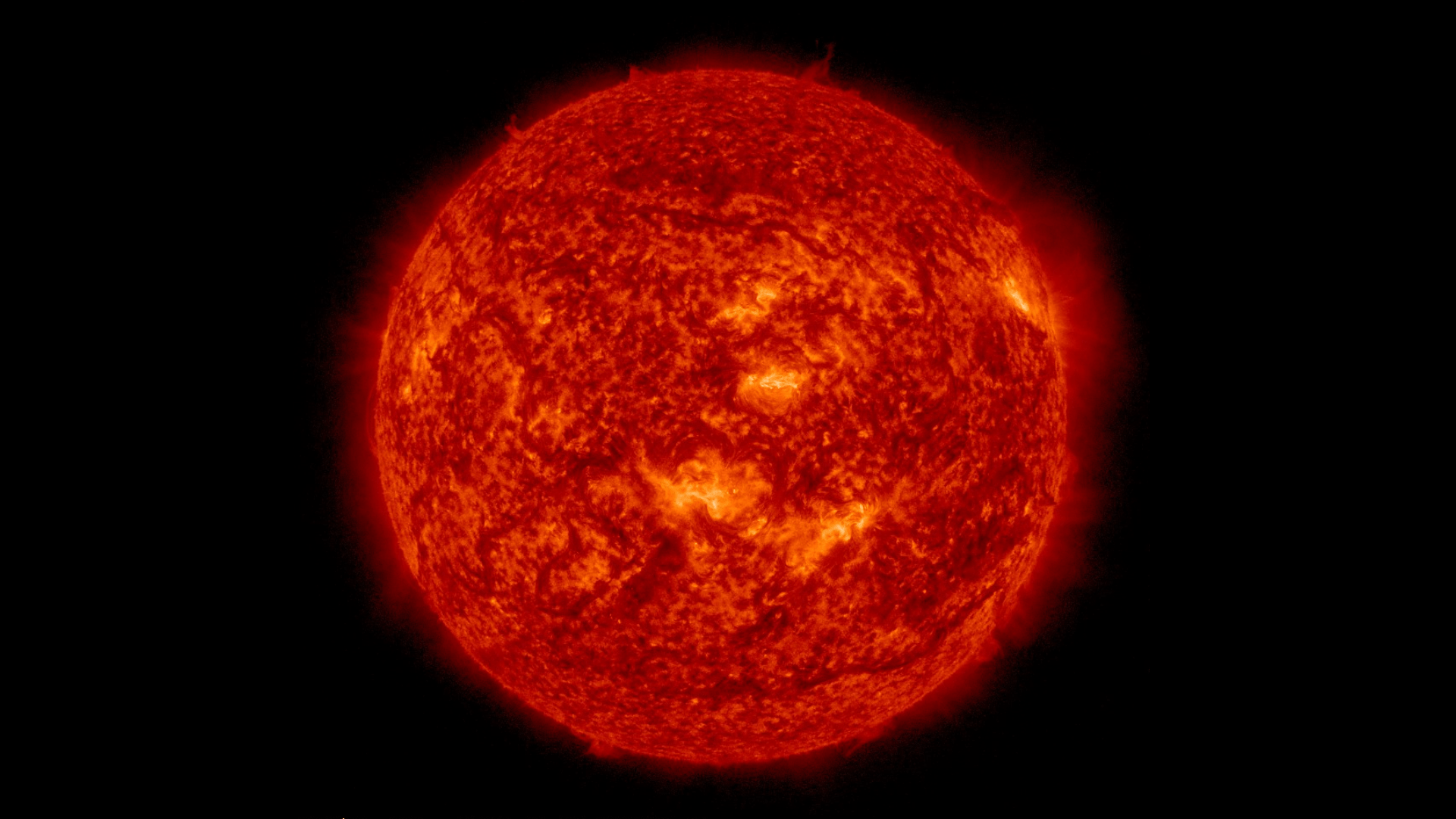
Source: NASA/Wikimedia Commons
By studying such events, scientists can better understand the magnitude and effects of current and future storms. This historical perspective helps in developing strategies to protect modern technology and infrastructure from similar disruptions.
Future Projections
Experts predict that the current solar cycle may result in increased solar activity, leading to more frequent and severe geomagnetic storms.

Source: Freepik
Scientists use advanced models to forecast solar activity and predict the occurrence of geomagnetic storms, providing early warnings to mitigate their effects.
Monitoring and Prediction
Advancements in solar monitoring technology have significantly improved the accuracy of geomagnetic storm predictions. Real-time data from space weather monitoring systems enable scientists to provide early warnings, allowing for timely protective measures.

Source: Wikimedia
These technologies include satellites equipped with sensors that detect solar flares and other solar activity. Enhanced monitoring capabilities help to reduce the impact of geomagnetic storms by enabling better preparation and response strategies.
Protective Measures
Innovations in technology are essential for protecting infrastructure from the harmful effects of geomagnetic storms. For instance, satellite operators are developing advanced shielding technologies to protect satellites from solar radiation.

Astroscale/Wikimedia Commons
These and other protective measures are critical for maintaining the functionality and reliability of essential services during geomagnetic storms.
Impact on Wildlife
Geomagnetic storms can disrupt the natural navigation systems of migratory animals, such as birds and sea turtles, which rely on the Earth’s magnetic field for orientation. These disruptions can lead to changes in migration patterns and behavior, potentially affecting ecosystems.

Source: Katie Moum/Unsplash
Scientists are studying the impact of increased geomagnetic activity on wildlife to better understand these effects and develop strategies to prevent or reduce them.
Human Health Concerns
Increased geomagnetic activity during storms can actually pose health risks to individuals working in high-altitude environments, such as airline pilots and astronauts, due to higher exposure to radiation.

Source: Freepik
Additionally, there is potential for geomagnetic storms to interfere with sensitive medical equipment, necessitating precautions in hospitals and medical facilities.
International Cooperation
Countries around the world are collaborating on space weather monitoring and response strategies to mitigate the impact of geomagnetic storms. This cooperation includes sharing data and resources to improve global preparedness.

Source: Pexels
Joint response strategies are being developed to protect critical infrastructure and ensure continuity of services during geomagnetic storms.
Public Awareness and Education
Effective communication strategies are essential for raising public awareness about the risks and impacts of geomagnetic storms. Public communication efforts during recent storms have highlighted the need for improved messaging and educational initiatives.

Source: Freepik
Programs and resources aimed at educating the public about space weather can promote greater awareness and preparedness. These efforts help ensure that individuals and communities are better equipped to respond to geomagnetic storms and their potential impacts.
